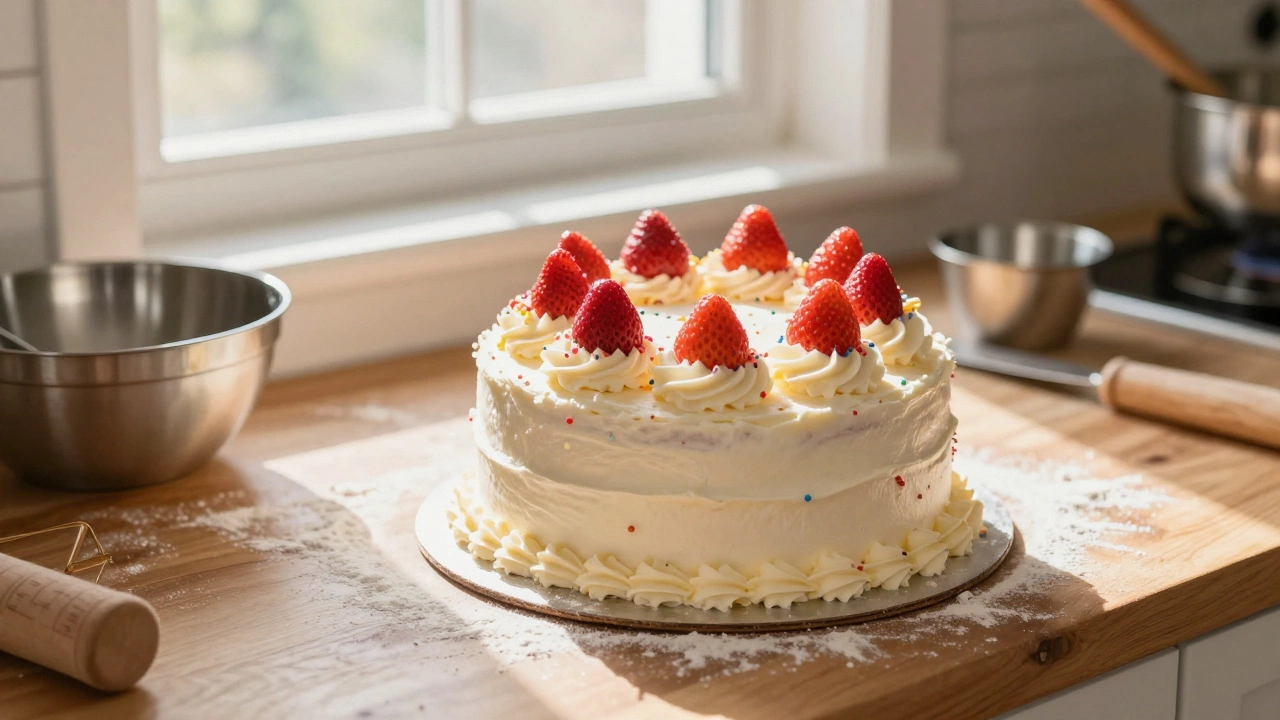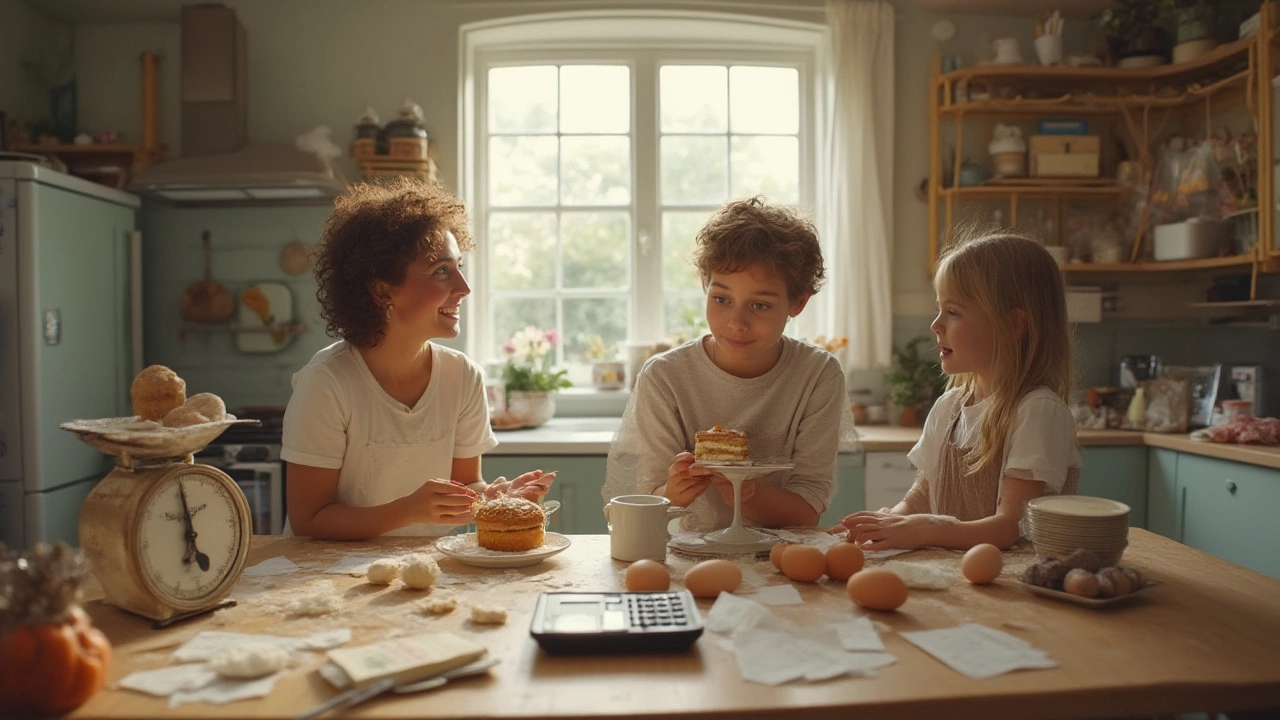
Is it cheaper to buy or make a birthday cake? The real cost breakdown
Making a birthday cake at home saves you $50-$100 compared to buying one, with better ingredients, personal touch, and long-term savings. Here's the real cost breakdown.
When it comes to desserts, the price tag can surprise you. A simple sheet cake might cost less than a fancy tiered cake, but the serving size and decoration needs matter too. Let’s break down the real cost of different cake choices so you can pick the one that fits your budget and your party.
Buying a pre‑made cake from a supermarket is quick, but you pay for labor and packaging. A Costco half‑sheet cake, for example, usually feeds 12‑16 people for around £15‑£20. That works out to about £1‑£1.30 per slice. If you bake the same size at home, the basic ingredients—flour, sugar, butter, and eggs—cost roughly £5‑£7, giving you a slice price under £0.50. The biggest savings come from skipping the icing swirl that bakeries add for profit.
But homemade isn’t automatically cheaper. If you chase premium ingredients—artisan chocolate, organic butter, or specialty fondant—the cost can climb quickly. A single pound of high‑end chocolate can be £8, which adds a few extra pennies per slice. The trick is to balance quality with price: use a good‑but‑affordable cocoa mix for the batter and reserve the fancy chocolate for a simple drizzle.
Custom cakes with multiple tiers, fondant, or themed toppers can jack the price up dramatically. A small three‑tier birthday cake at a boutique bakery might start at £80, or about £4 per serving for 20 guests. If you’d rather keep costs low, consider a single‑tier cake with a homemade sugar‑paste topper. Tools like a simple silicone mould can give you a professional look without the bakery markup.
Snack‑size treats like macarons also factor into budgeting. In 2025, a box of 12 macarons averages £12, while a hundred‑piece order can be £85‑£90. That’s roughly £0.85 per macaron, versus about £0.30 for a homemade version if you buy bulk almond flour and use a basic buttercream filling. Knowing the per‑piece cost helps you decide whether to splurge on a few premium desserts or spread the budget across a larger cake.
Don’t forget storage and waste. A large sheet cake that sits out too long may dry out, leading to wasted slices. If you’re ordering a big cake, ask the bakery about cutting and freezing tips. Freezing portions can keep them fresh for weeks and stretch your treat budget further.
Here’s a quick calculator you can use: add up ingredient costs, divide by the number of servings, then add a small margin for time and effort (about £0.20 per slice). Compare that total to the store‑bought price per slice. If the homemade number is lower, you’ve got a win.
Finally, look for sales and bulk deals. Supermarkets often discount sheet cakes on the day of the week, and buying a bulk bag of flour or sugar can shave several pounds off the total cost. Seasonal fruit—like strawberries in summer—can be cheaper and add a fresh twist to your frosting.
In short, the cheapest option isn’t always the plainest. By calculating cost per serving, mixing high‑impact decorations with low‑cost basics, and taking advantage of sales, you can enjoy a beautiful cake without breaking the bank.

Making a birthday cake at home saves you $50-$100 compared to buying one, with better ingredients, personal touch, and long-term savings. Here's the real cost breakdown.

Ever wondered if it's really cheaper to bake a cake or just grab one from the shop? We dive into the costs, hidden factors, and tasty tips right here.